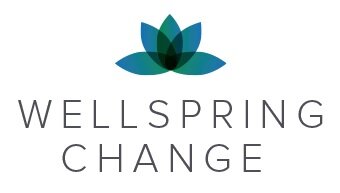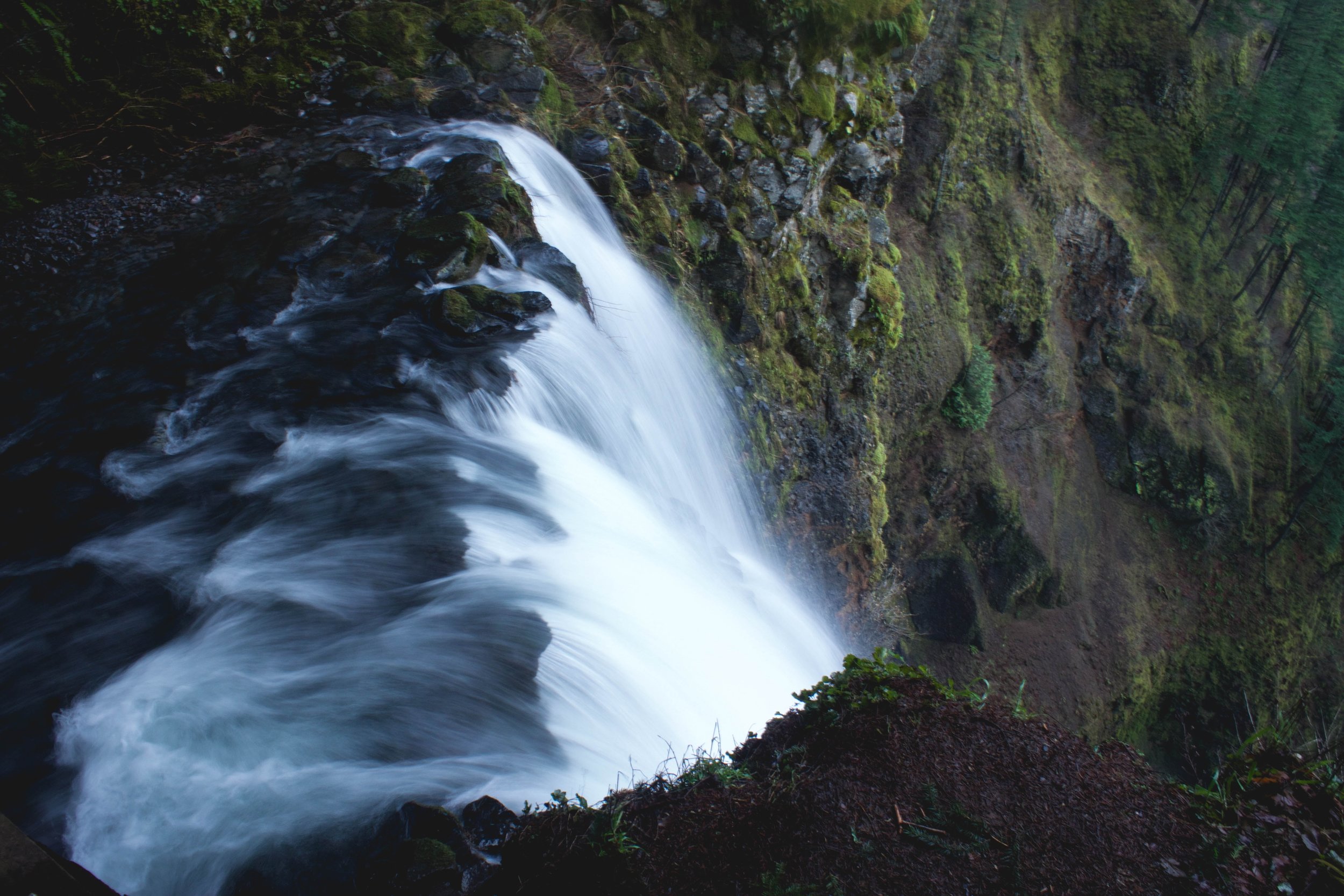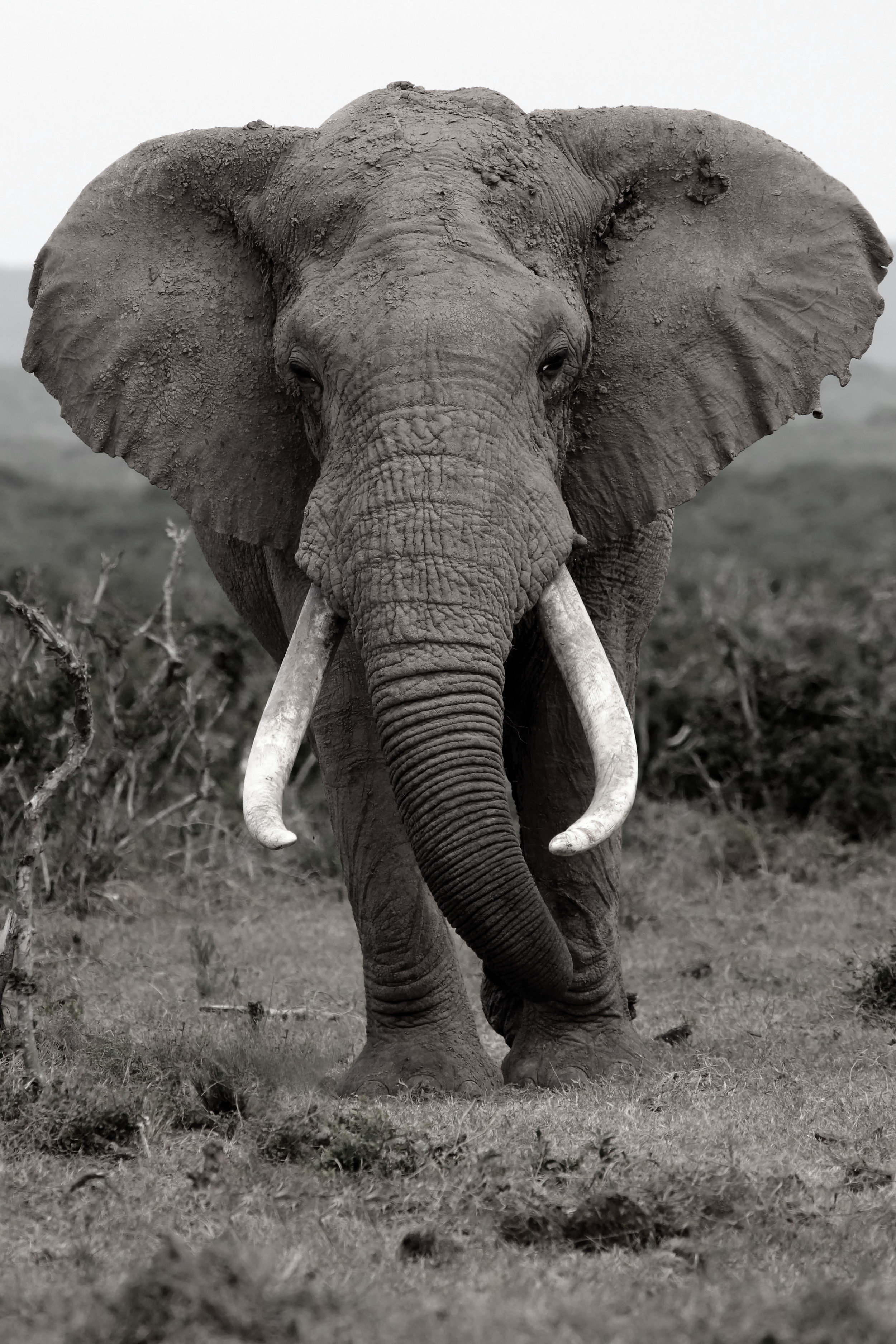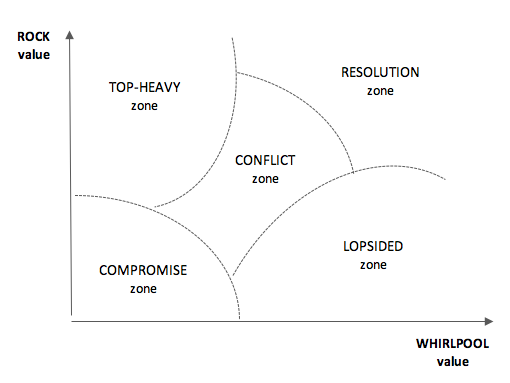held at the Bringing Forth retreat, Thursday 2 May 2019. Hazel Hill Wood, near Salisbury.
By Marcos Frangos & Kirstin Irving
We write this blog about our constellation for planet Earth with humility. It risks sounding a grandiose title. We are also aware of the risks of anthropomorphising, when the centre of this constellation is an infinitely complex planet. In spite of all this, we are motivated to share it because it feels it contains wisdom, especially in the context of escalating news around global warming, our role and responsibility as humans in the climate catastrophe we face. It begs the question for us, what relationships can we adopt as humans, that allows Earth its destiny? We have resisted trying to put too many interpretations here, reporting the phenomenology of the constellation.
We’ll leave it to you to draw whatever meaning you wish from it, and we’d be honoured to hear from you if you’d like to share thoughts. You can contact Marcos and Kirstin directly.
Some context:
This constellation was part of our Landscapes of Change retreat, taking place in May, around Beltane. The work itself took place in the Heartwood of Hazel Hill Wood, an extraordinarily beautiful cathedral-like space in this woodland, with majestic beech and Scots pine. Towards the end of this particular retreat, we were deciding on the form for the last constellation, thus far they’d been with an individual’s focus and intention. We shared our thinking with the group, the leaning was towards a collective constellation.
As we continued to discuss options, at one point some crows let out strong calls close by – abrasive, loud - cutting right through. For Marcos this was a message from our feathered relations: “be quiet, listen, stop chatting!”. So, in silence, we held hands around the fire and tuned in.
What emerged was a consensus for a group constellation for planet Earth, picking up on the themes previously voiced: our fear, sense of overwhelm, burnout, paralysis in the face of enormous challenge, as well as honouring the huge strength and commitment for good in the collective wisdom and energy of our group.
A constellation for planet Earth, as reported by Marcos:
I invited a representative for earth. A female participant offered, so we sat next to one another. I began by asking how she was feeling (we’ll refer to her as Earth). Almost immediately Earth felt a constriction as if wearing a corset; she couldn't take a full breath and was becoming increasingly hot in her belly. She also reported a churning stomach. I invited Earth to put her hands in the area of constriction.
In a very uncomfortable place physically, Earth reported her symptoms factually, without too much emotion, similar to someone who’s grown familiar with their illness. I wondered if this was also signs of dissociation in the representative? I asked what support Earth needed, she responded: “I need air”, so she chose a representative for air, who immediately came and sat by her side.
Earth was still in considerable discomfort; air arriving as a representative didn’t shift to the system significantly at that point. I invited further representatives to self-select and represent ‘unknown support for earth’: two came forward, one coming close to Earth, the other circling around the periphery balancing on the outer campfire benches, sometimes moving in one direction sometimes the other. A further representative also came and sat close to Earth (near air) and reported “feeling young”.
Earth, aware of all the representatives around her, spoke with the tenderness of a loving mother:
“my children, I can't do anything more for you...I am sorry”.
These words brought tears to my eyes. It felt to me as if something profound, a realisation or truth, had dawned on Earth as she spoke those words. Having spoken them, Earth reported needing to take space and to physically move (bear in mind the constellation started unfolding during the initial ‘interview’, almost within seconds).
Earth’s movements were unequivocal. She stood up, left the space, and moved away from the campfire moving to a clearing adjacent to us. Earth stood alone and took her space. She began to feel a sense of release and ease from the discomfort; it was clear to me that she needed space around her.
I kept a respectful distance, observed her and asked if I could continue dialogue with her. I also invited all representatives (and the outer circle) to remain in contact, and to give Earth space.
Earth could feel herself pulled with outstretched arms in opposite directions - she reported it as if she was a pair of weighing scales: her sense of the pull of attachment or responsibility to one side, from which was also coming loud noises (beyond the woodland) of chainsaws in the distance. These noises seemed to distress her “can no one else hear this?” she asked exasperated. I was aware of the background noise, but to Earth it felt more intense. In the opposite direction, also with outstretched arms, Earth looked as if to her future (in the direction of the south-west)
“I need to feel a future possibility”, she said, when I asked what this movement or direction meant to her.
I asked for a representative to walk slowly in the direction of this possible future to which Earth pointed, and for Earth to tell the representative when she intuitively felt she was stood in the right place, at the right distance away from her. The representative began to walk slowly away from Earth. At one point, about 30m away, Earth asked her to stop and the representative turned to face her.
Earth, now looking at this future possibility, said this representative place was very important to her. Her energy and attention shifted away from what was behind her (the relationships, attachments, noises and disruption), and moved towards this future. Her sense of balance or a better place seemed connected to this future. I didn't name it out loud, but the number 60 was strongly with me at this point [was this a representation of a time period, 60, 600, 60,000 or 60 million years?!].
Earth settled into a better place in relation to this future possibility, her feelings of constriction and heat dissipated. I thanked and ‘dismissed’ all representatives except for Earth, and invited all the group to represent human beings on the Earth, and to give whatever authentic offerings to Earth, feeling in their hearts the gifts we have received as humans. Representatives one by one, took their time and left flowers, bird feathers, or blessings from their heart (of joy and deep wishes for her good future). Earth received all these blessings tenderly, one-by-one, kneeling on the forest floor.
Once the last of these offerings had been made, Earth gently buried the gifts under a pile of composting leaves. I invited the group to hold hands around Earth, and we intuitively started to walk clockwise around her, an act of honouring, protection and connectedness.
We ended the constellation.
Notes from Kirstin:
I can’t recall precisely when I stepped in to represent ‘warmth’ but it was early on. I felt quite agitated, uncertain where to place myself, searching; I must have been the one that Marcos describes as circling around the periphery. I then had a strong desire to connect with Earth and settle. I came close to her, and I found myself transfixed; I simply could not take my eyes off of her face. It was very still and it felt intense. At this point I realised I was representing ‘shame’.
As Earth moved away to a clearing and started to explore a future possibility, I sat at the side lines. I had an overwhelming desire to sink away, to diminish myself – I wanted to be so small as to become invisible. I knew in that moment that my work was not to be big and clever and to offer answers, it was instead to radically and rapidly diminish myself, allowing Earth the space she needed.
As Earth settled into a better place in relation to the future possibility, Marcos ‘dismissed’ us as representatives and asked us to represent human beings on Earth. I couldn’t bring myself to go as close to Earth as I was being invited to do. I couldn’t offer Earth anything, it felt wrong to suppose that I could. The best I could manage was to come a little closer and offer a deep bow. As we held hands around Earth I had a strong need for movement. In this, I felt we were gathering up all our love and focusing it on Earth in a focused, dynamic, protective embrace.















